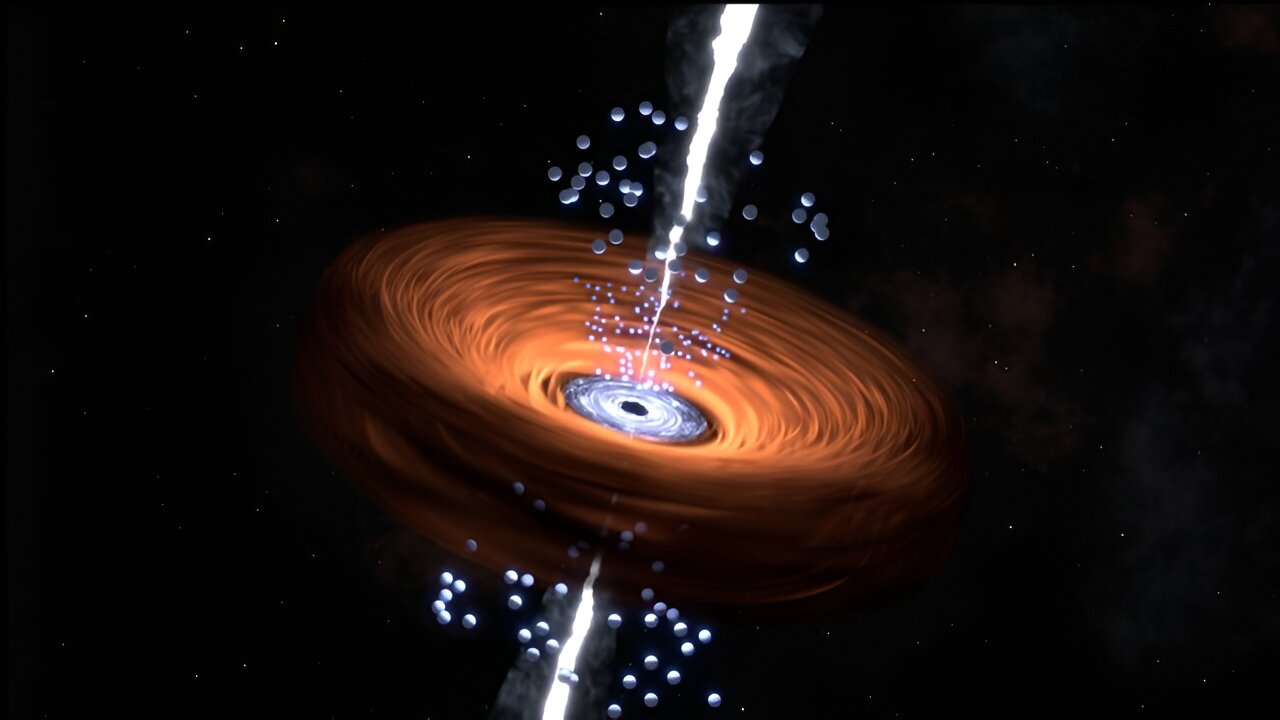Time: 2024-06-24
Since the James Webb Space Telescope was launched two years ago, astronomers have been delving into the depths of the universe, peering back in time to the cosmic dawn when the first stars and galaxies emerged. The telescope's Advanced Deep Extragalactic Survey, JADES, recently made an astonishing discovery - a galaxy named JADES-GS-z14-0, shining brightly with starlight when the universe was only 290 million years old, challenging conventional beliefs about the formation of galaxies.
The findings from JADES are just one of the many remarkable discoveries made by the James Webb Space Telescope, shedding light on the mysteries of the early universe. The telescope observed a galaxy, J1120+0641, which took almost as long to reach Earth as the universe has taken to develop to the present day. This galaxy, with a supermassive black hole at its center, poses a significant challenge to current models of galaxy evolution, raising questions about how these black holes achieved such massive sizes in a short period.

Recent observations of the material surrounding black holes have left astrophysicists puzzled, as they have failed to reveal the expected efficient feeding mechanisms that would explain the rapid growth of these black holes. The presence of supermassive black holes with surprisingly large masses in the earliest stages of the universe challenges existing theories, leading to questions about the mechanisms driving their growth.
The limitations of supermassive black hole growth have baffled astronomers, as the first billion years of cosmic history present a conundrum regarding the rapid development of these massive entities. The observations made by the James Webb Space Telescope have raised doubts about proposed explanations for the early growth of black holes, highlighting the need for a more comprehensive understanding of quasars and their evolution.
The James Webb Space Telescope's mid-infrared instrument, MIRI, has revolutionized the study of distant quasars, providing astronomers with valuable insights into the early universe. Observations of quasars like J1120+0641 have revealed surprising similarities to their modern counterparts, challenging assumptions about the growth mechanisms of supermassive black holes.
By ruling out alternative solutions and delving deeper into the properties of early quasars, astronomers have gained a better understanding of the primordial nature of supermassive black holes. These findings suggest that these massive entities were seeded early in the universe's history, challenging previous beliefs about their formation and rapid growth. The mysteries of the early universe continue to captivate astronomers, driving them to explore new frontiers with advanced technologies like the James Webb Space Telescope.